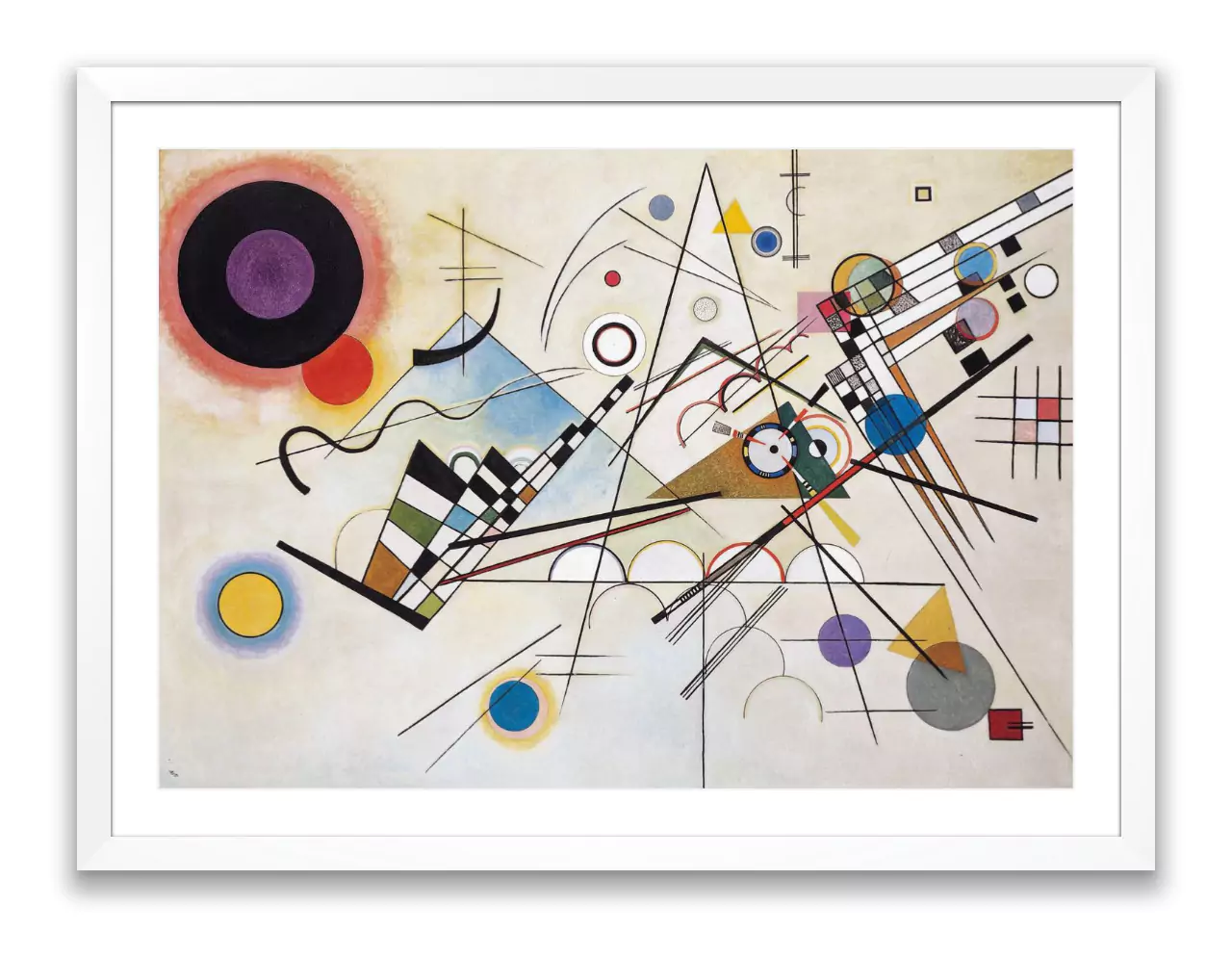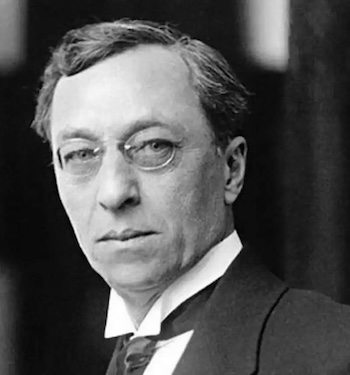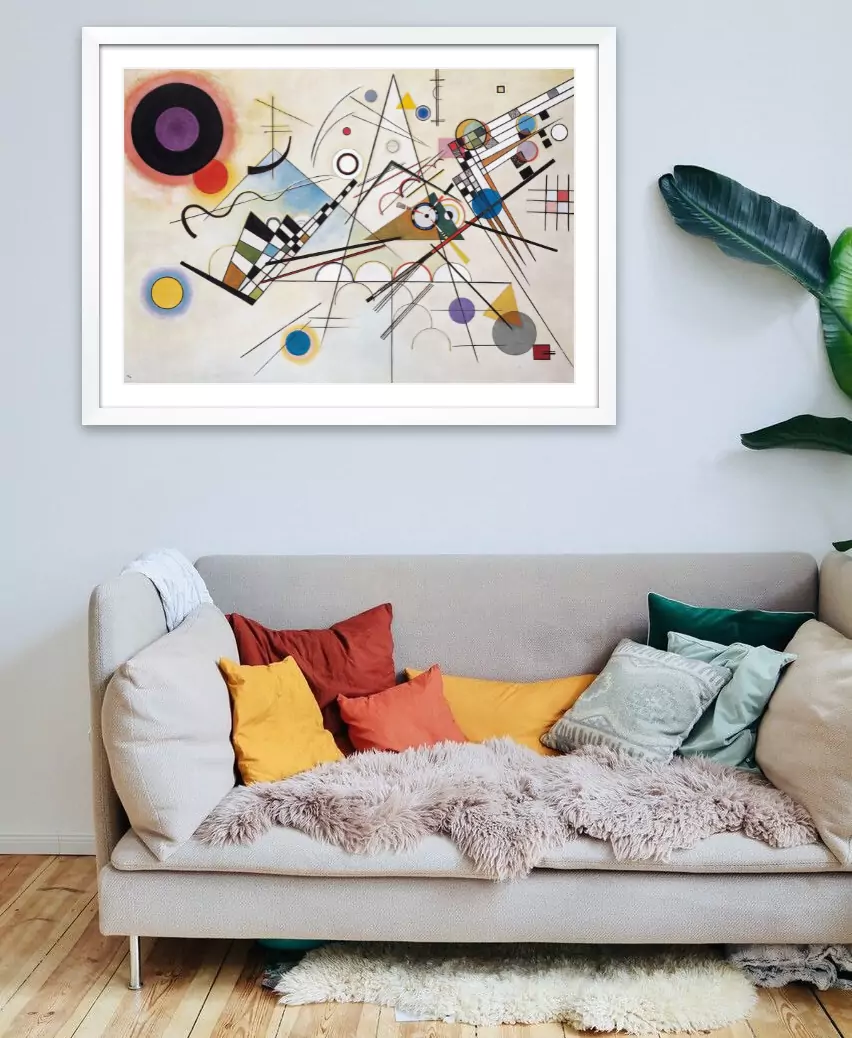
Kandinsky
Komposition 8
Paint on canvas140x201 cm
€ 540
SRPF13R
Free delivery
This work is not an original. It is a high-quality canvas print. It is therefore not delivered with an authentication document. The frame is made of matt silver aluminium with a profile about 2 cm high (approx.). It can be supplied in another frame.
This item can be returned within two weeks of being received. Shipping costs are at the buyer’s expense. The piece must be returned in the same condition in which it was collected.
The delivery time for this piece is around 14 days, provided it is not an urgent order. The twork is properly packaged and insured.
Free shipping only applies to countries in the European Union.

Wassily Kandinsky
Kandinsky (1866–1944) was a Russian painter, one of the pioneers of abstract art. Born in Moscow, he spent his childhood in Odessa. He decided to dedicate himself to painting at the age of 30 after being inspired by Monet’s Haystacks and Wagner’s opera Lohengrin.
In 1896, Kandinsky moved to Munich to study art, enrolling at the Academy of Fine Arts. His early works reflected Impressionist influences, but he soon began experimenting with color and form to express emotions rather than depict reality. Kandinsky co-founded the Der Blaue Reiter group in 1911 with Franz Marc and other Expressionist artists. During this period, he developed his theories on the relationship between music and color, publishing influential texts on abstraction.
After World War I, Kandinsky returned to Russia briefly before relocating to Germany in 1922 to teach at the Bauhaus school. His tenure at Bauhaus further solidified his reputation as a leading figure in Modern Art. Following the closure of Bauhaus by the Nazis in 1933, Kandinsky moved to France, where he continued to produce innovative works until his death in Neuilly-sur-Seine in 1944.
About this work
Kandinsky viewed Composition VIII as a “visual symphony,” aiming to evoke emotions akin to those experienced through music. He believed that colors and forms had intrinsic spiritual and psychological effects. For instance, circles in the painting symbolize unity and harmony, while triangles convey tension and movement. The vibrant yet balanced color palette enhances the painting’s rhythmic energy, creating a surface that feels simultaneously dynamic and calm.

The work reflects Kandinsky’s theories on the relationship between color, form, and spirituality. He sought to develop an abstract visual language capable of eliciting profound emotional responses, much like music does. This aspiration aligns with his belief in the “inner sound” of forms and his exploration of universal harmony in art.
Note – This reproduction is printed on 400gsm 100% cotton canvas, identical to what painters use, so it resembles an original work of art. The prints are made using the Giclée process, which creates gallery-quality works.
Buy this item now
You can purchase this item by pressing the button below if you want to pay by bank card or PayPal, or possibly in installments.
If the product says “shipping costs excluded” send us an email with the shipping address before you pay.
If you prefer to pay by bank transfer, please click here and fill out the form. Don’t forget to enter the product reference and delivery details. The purchase will be confirmed only after payment has been received in our account.
